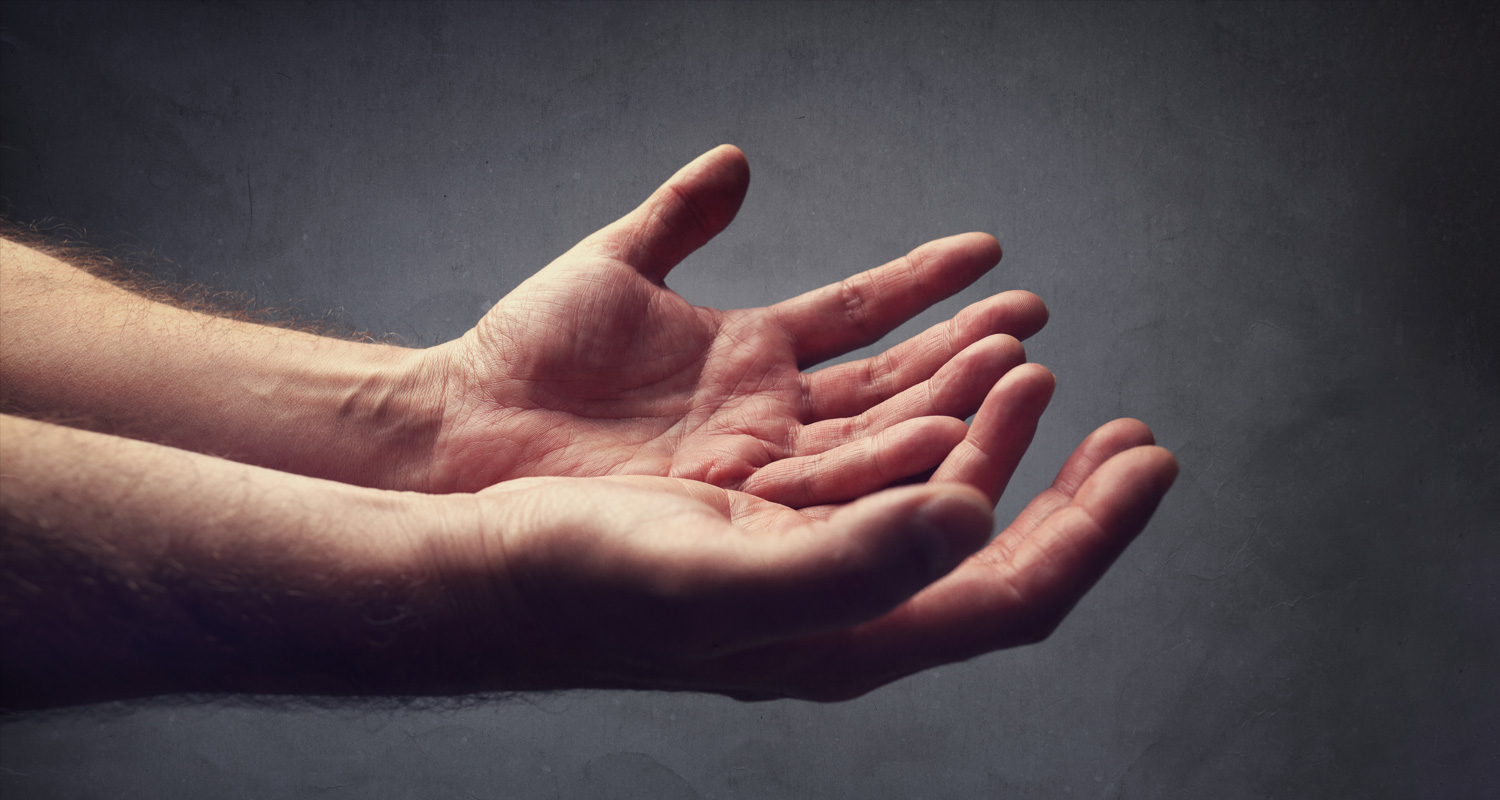 Eskom has asked electricity regulator Nersa for permission to raise priced by 36% in its 2026 financial year, far exceeding inflation in the continent’s most industrialized economy.
Eskom has asked electricity regulator Nersa for permission to raise priced by 36% in its 2026 financial year, far exceeding inflation in the continent’s most industrialized economy.
The utility told Nersa that it sought the hike because prior increases were “inadequate” for its financial needs, it said in a submission to Nersa. The annual inflation rate for August was 4.4%.
South Africa has grappled with rising electricity costs that have roughly tripled over the past 14 years. The cash-strapped utility, which amassed R400-billion in debt, has benefited from multiple bailouts from national treasury to keep its power plants running. Conditions of that support means that the loss-making company can’t take on additional loans.
The company, which is responsible for most of South Africa’s power provision, has for years struggled to provide consistent electricity supply, crippling businesses and economic growth. While the country has gone more than 177 days without power cuts in 2024, record blackouts last year prompted many households and businesses to spend thousands of rand each on clean energy solutions.
“Eskom has made its revenue application based on the costs it will incur to efficiently provide electricity to the customer,” chief financial officer Calib Cassim said in a statement. “It is a critical component in ensuring Eskom continues to provide reliable electricity services while improving its financial sustainability.”
Cost-reflective tariffs
The utility has applied for a 11.8% increase in fiscal 2027 and a 9.1% hike in 2028.
“Although government’s debt support assists with liquidity requirements, it does not adequately enhance our long-term financial sustainability,” Eskom said. “The government, through the minister of finance, has stressed that Eskom needs to migrate towards cost-reflective tariffs that will make it sustainable.”
The government has also said that it will not continue providing further support beyond its current guarantee, leaving the power utility to apply for the above-inflation tariff increases. — Mpho Hlakudi, (c) 2024 Bloomberg LP




